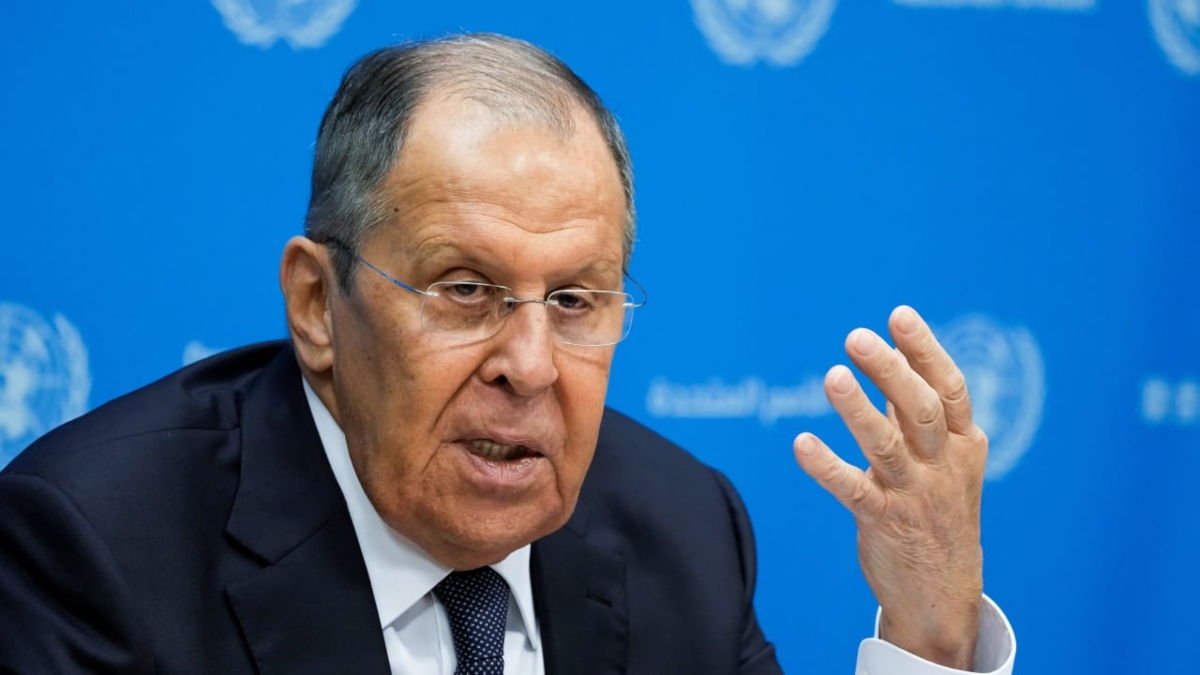Today, jetting around the world on flights is normal. But that was not always the case. On September 28, 1924, the first successful flight around the world was completed by the United States Army Air Service.
If you are a history geek who loves to learn about important events from the past, Firstpost Explainers’ ongoing series, History Today will be your one-stop destination to explore key events.
SpaceX achieved a historic breakthrough when its Falcon 1 rocket became the first privately developed liquid-fuelled launch vehicle to successfully reach Earth’s orbit on September 28, 2008.
Here is all that happened on this day.
First flight around the world
History was created on September 28, 1924, when the first successful flight around the world was completed by the United States Army Air Service. The journey demonstrated the spirit of human perseverance and innovation in the early 20th century.
The ambitious mission began on April 6, 1924, when four specially designed Douglas World Cruisers - Seattle, Chicago, Boston, and New Orleans- took off from Seattle, Washington. The aircraft were equipped to handle different terrains and climates, with the ability to switch between wheels and floats for land and water landings. The plan was to follow a westward route across the Pacific, Asia, Europe, and the Atlantic, before returning to the United States.
The journey was not without setbacks. The Seattle, piloted by Major Frederick Martin, crashed in Alaska early in the mission, though the crew survived. Boston was also lost near the Atlantic. However, the remaining two planes, Chicago and New Orleans, pressed on with determination.
By the time they returned to Seattle on September 28, the aviators had travelled over 26,000 miles, crossed six continents, and stopped in 22 countries. The entire trip took 175 days and required extraordinary logistical support, with fuel and spare parts pre-positioned around the globe.
The success of the mission captured worldwide attention, proving that long-distance air travel was possible and practical. It established the United States as a leader in aviation technology and inspired confidence in the future of international flight. The lead plane, the Chicago, was preserved and is now displayed at the Smithsonian National Air and Space Museum in Washington, DC.
Falcon 1 was launched
SpaceX achieved a historic breakthrough when its Falcon 1 rocket became the first privately developed liquid-fuelled launch vehicle to successfully reach Earth’s orbit. The achievement marked a turning point in space exploration, paving the way for private companies to play a central role in what had long been the domain of government space agencies.
The milestone came after years of challenges and setbacks. Falcon 1’s first three launches, between 2006 and early 2008, had all failed due to technical problems ranging from fuel leaks to stage separation errors. Each failure brought the company founded by Elon Musk to the brink of collapse, with finances stretched thin and scepticism growing in the aerospace community.
The fourth attempt, however, changed everything. The two-stage Falcon 1 rocket lifted off smoothly from Omelek Island in the Marshall Islands, and after a flawless sequence of events, successfully placed a dummy payload into low Earth orbit. The launch lasted about 9 minutes and 31 seconds, and with it, SpaceX proved that private innovation could rival state-backed space programs.
Falcon 1’s success was more than symbolic. It secured Nasa’s confidence in SpaceX, leading to contracts under the Commercial Orbital Transportation Services (COTS) program, which would later evolve into partnerships enabling the Falcon 9 and Dragon spacecraft. These advancements ultimately allowed SpaceX to become the first private company to deliver cargo to the International Space Station.
This Day, That Year
In 2003, Tennis player Althea Gibson died at the age of 76.
Madagascar voted for autonomy within the French Community in 1958.
With inputs from agencies


)

)
)
)
)
)
)
)
)



